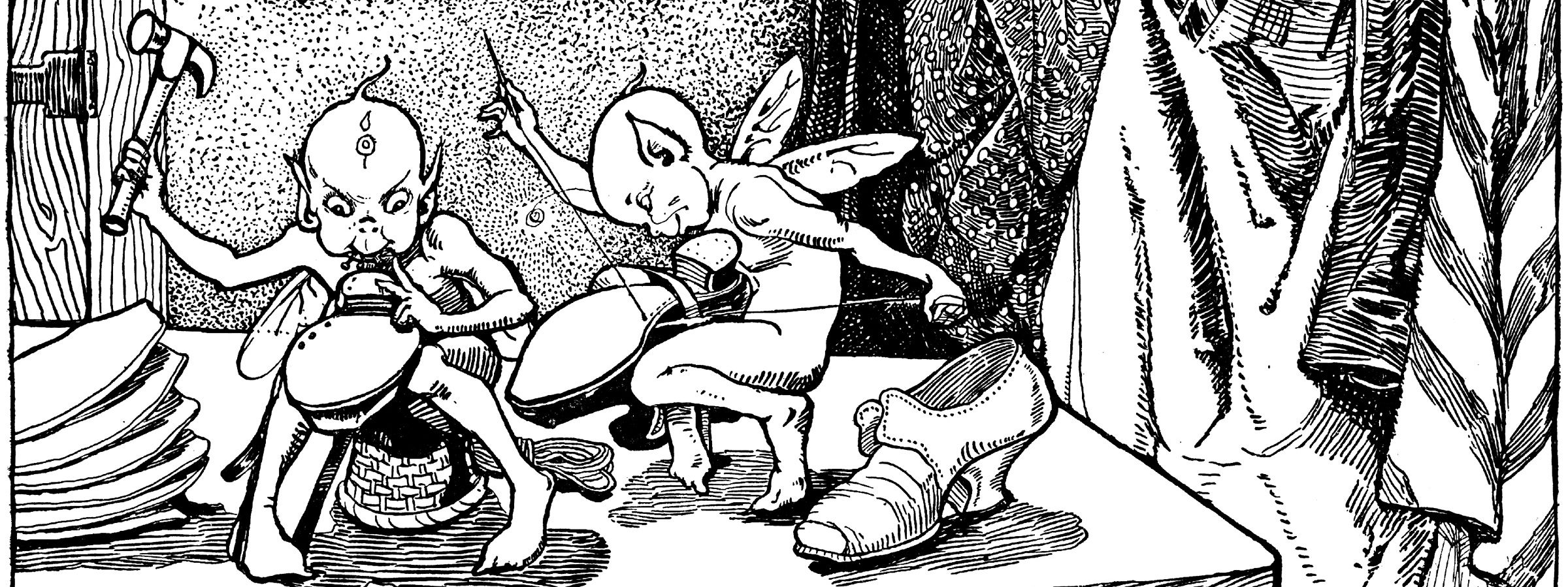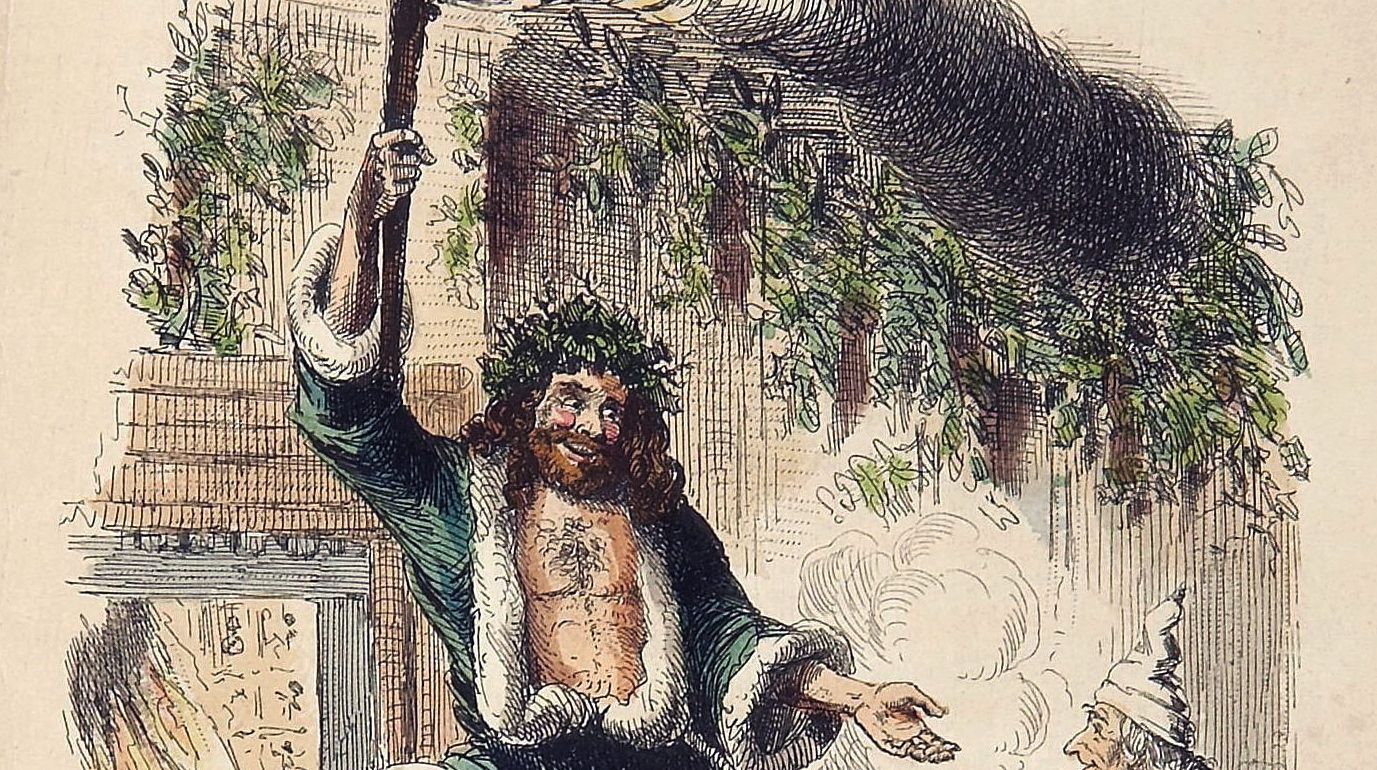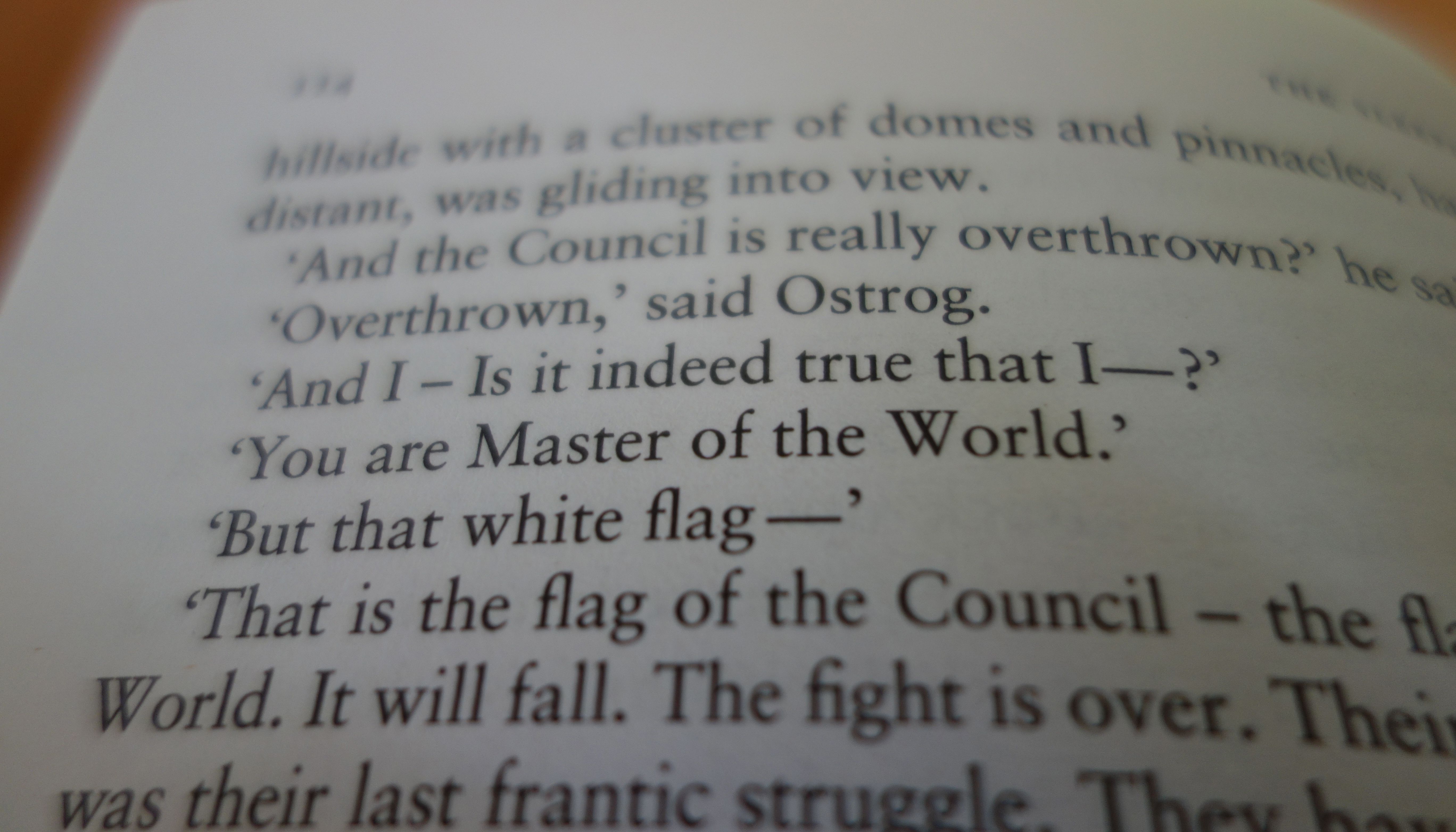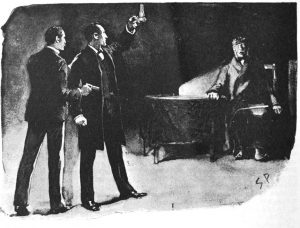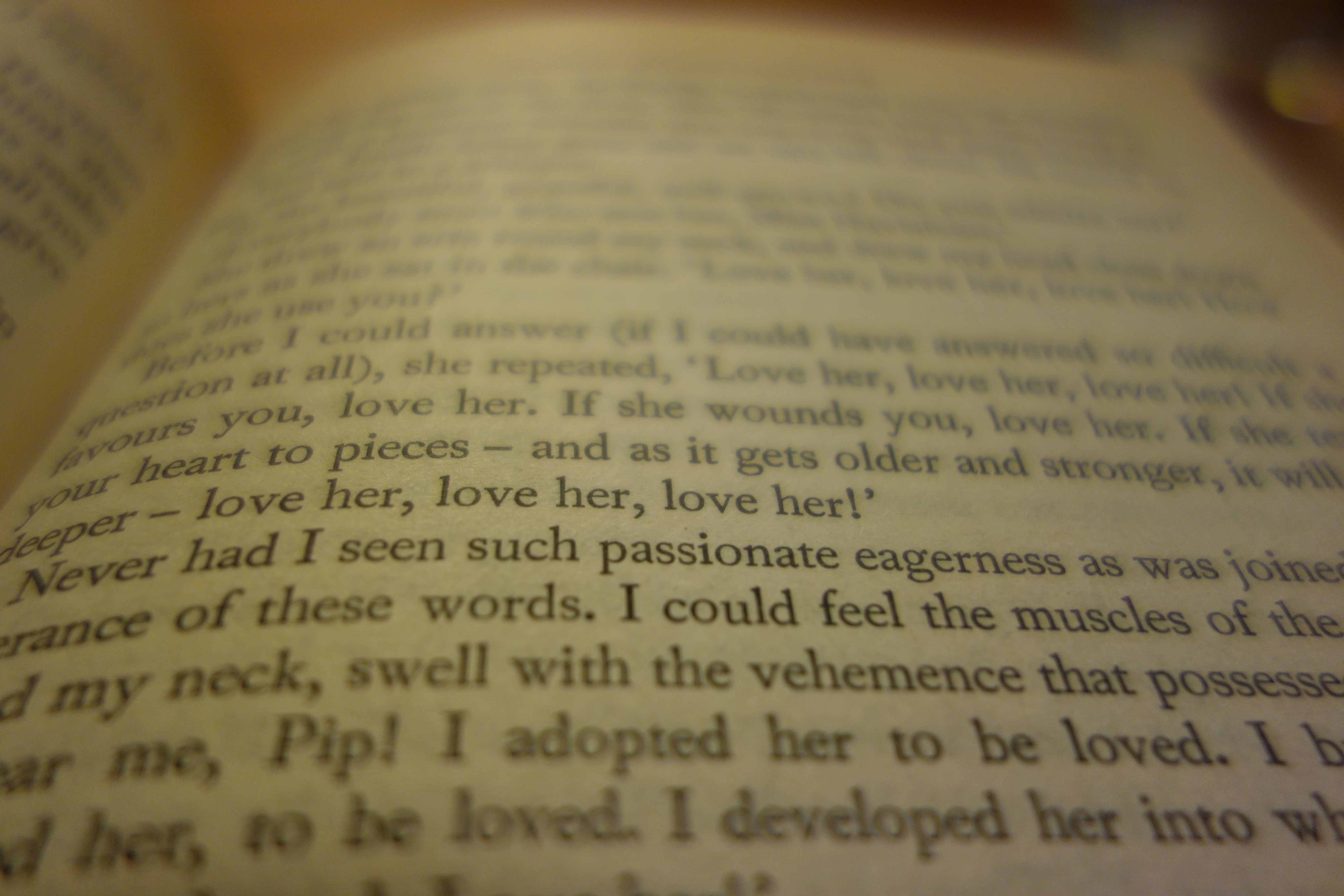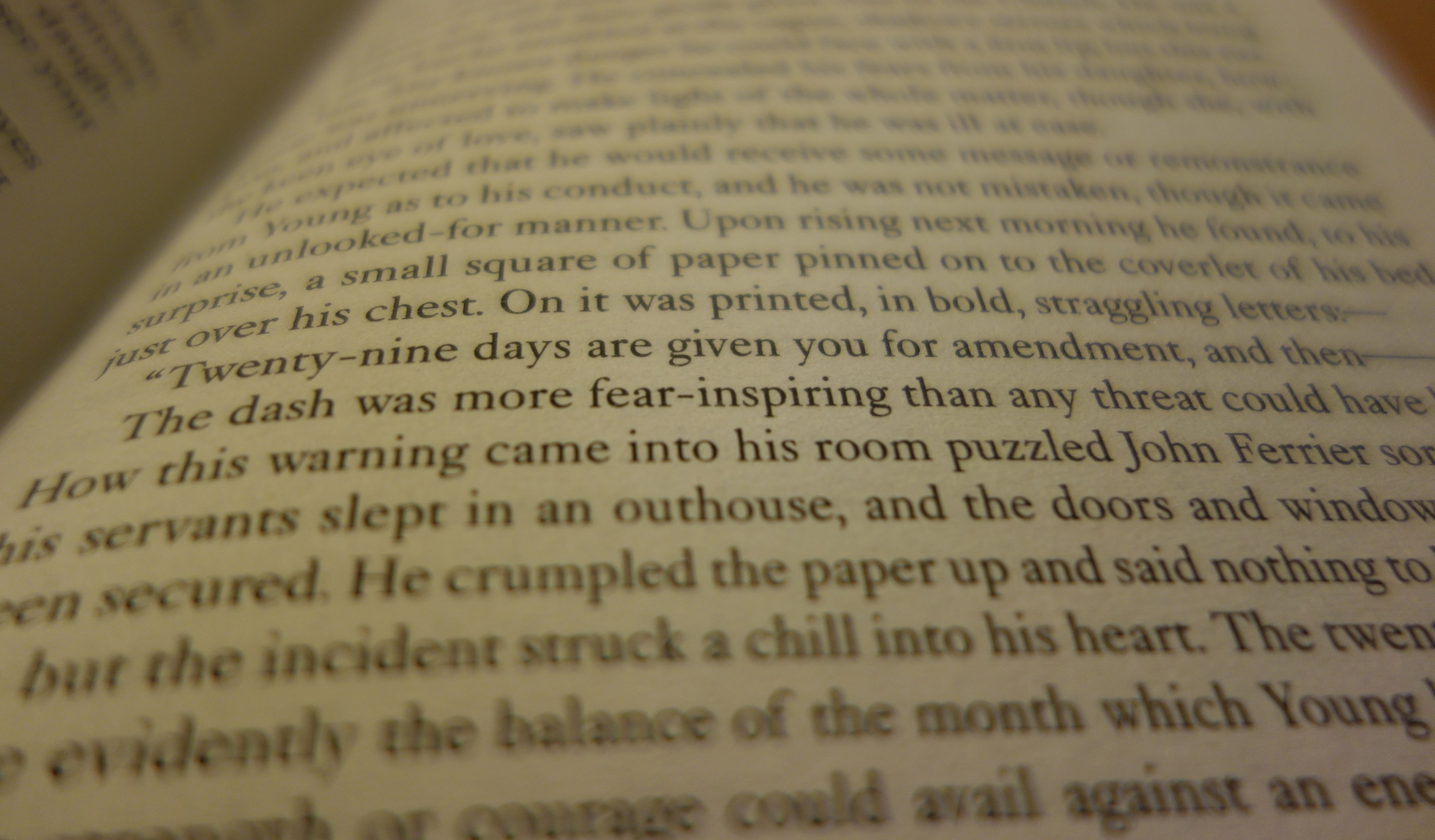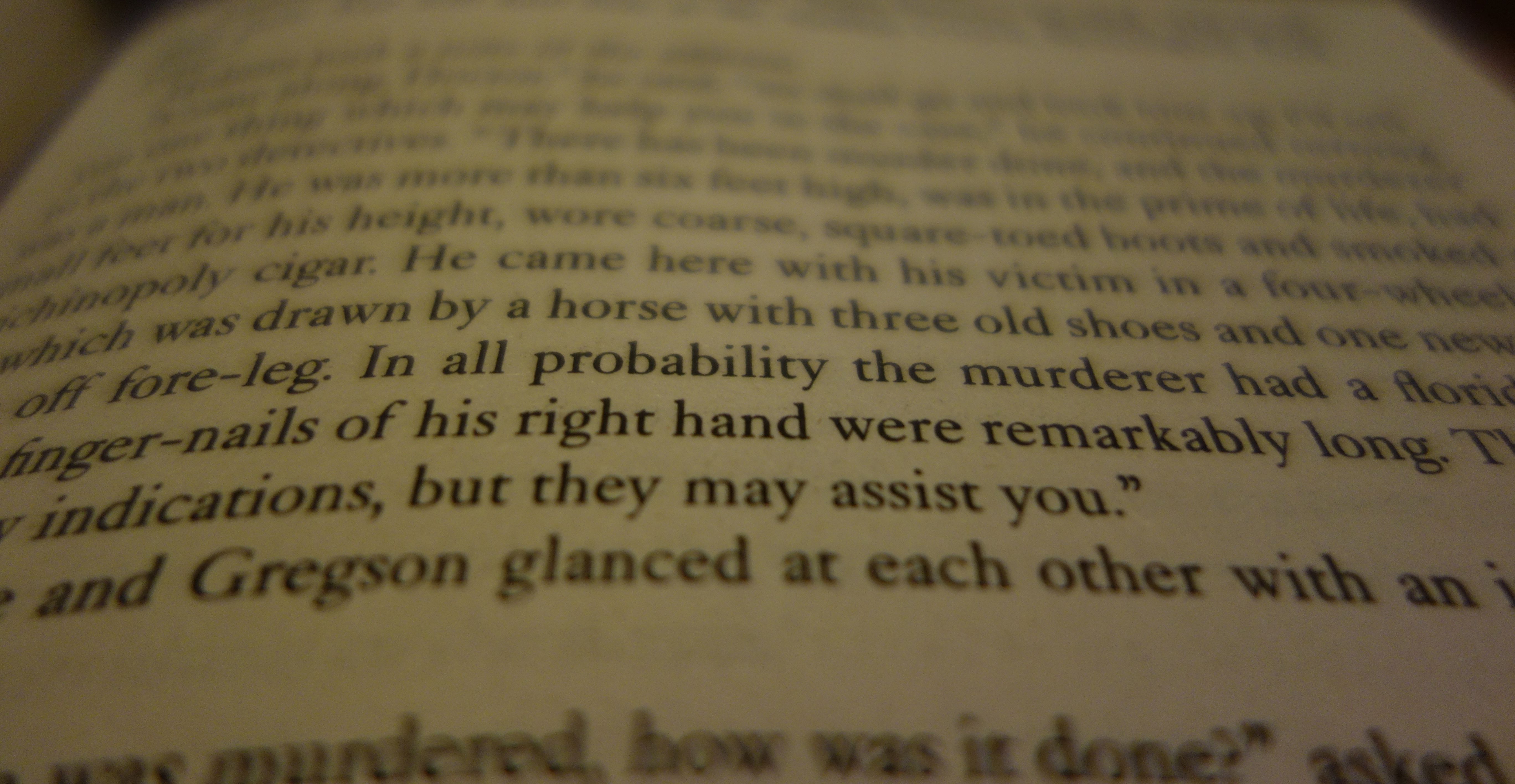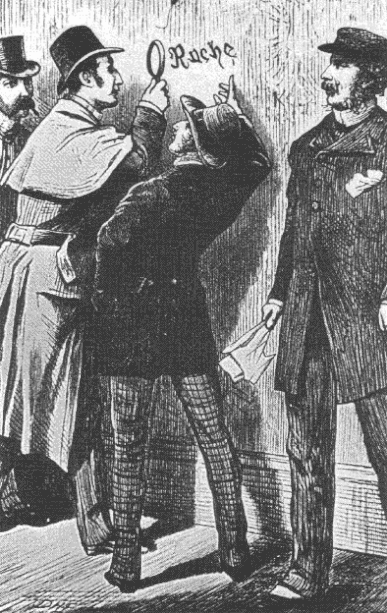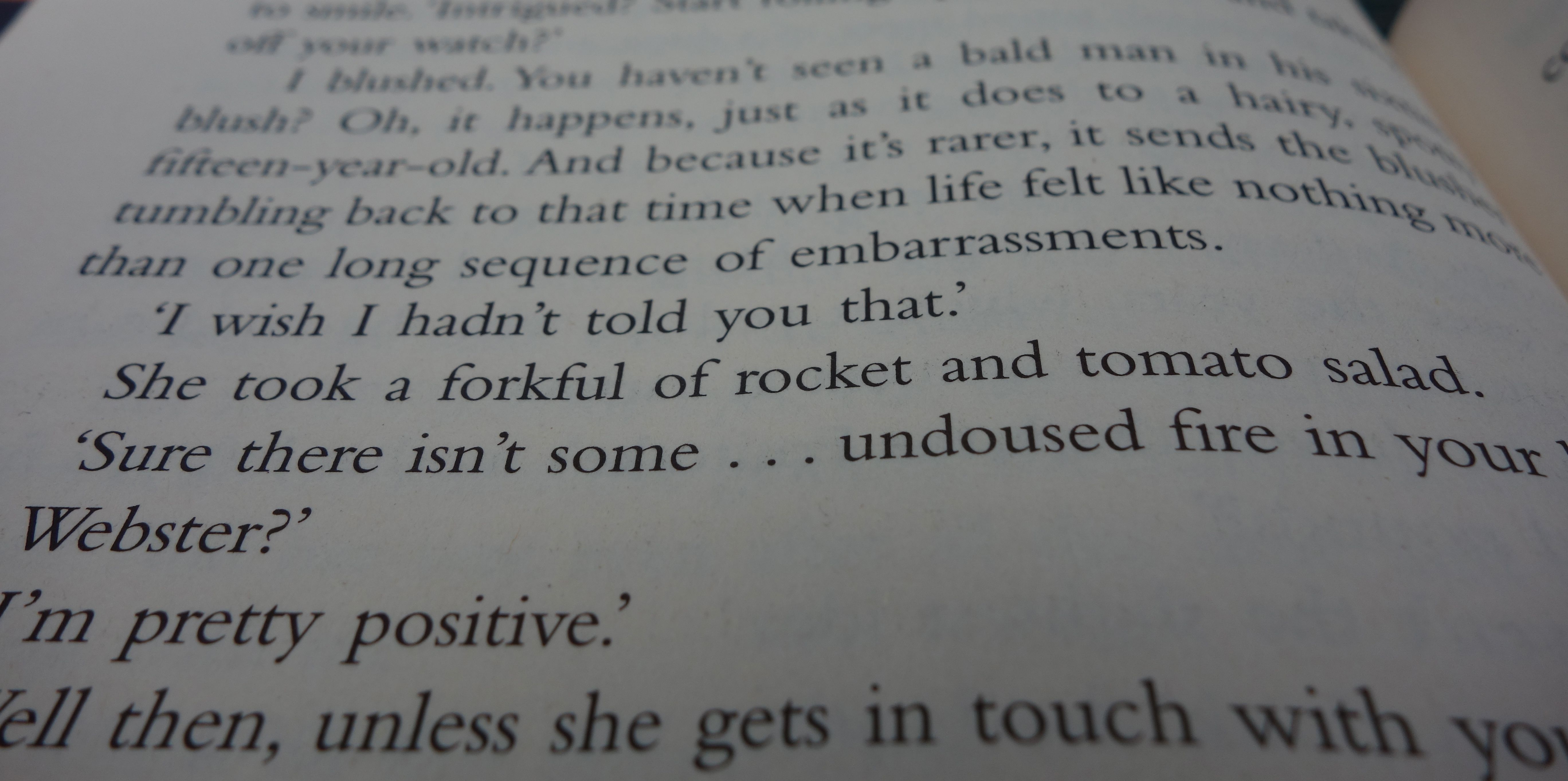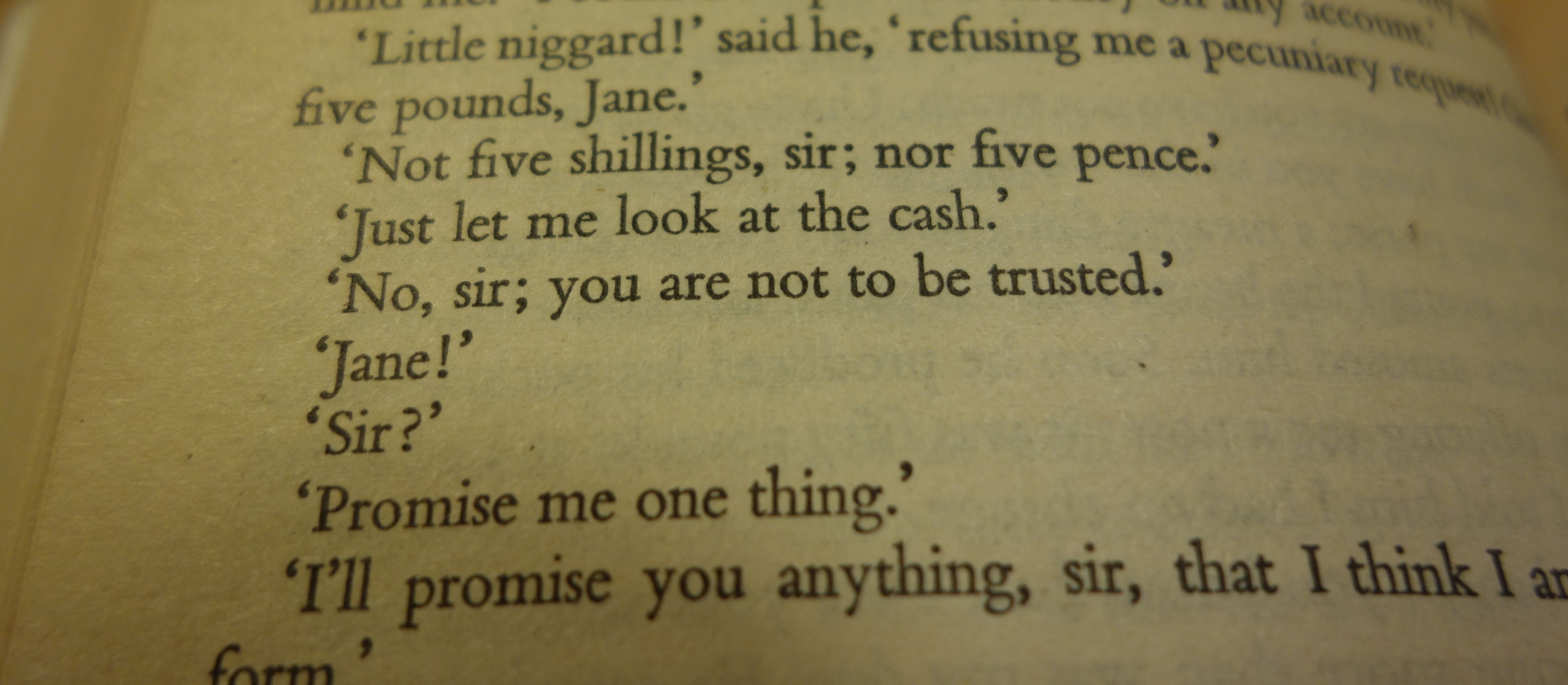Today I’ve found a book on my shelf which I’d forgotten about because it’s not memorable, despite its fame as a prizewinner. I’d bought it and read it because of an excellent piece I knew by the same author; it was about translating, a thing I love to do. So, I know he’s a great writer. I don’t think, however, that Julian Barnes’s The Sense of an Ending, the reflections of a self-indulgent older man, deserved a big prize. Nevertheless, it has a middle as all writing does, and the narration on pages 75 and 76, at the rough centre, is well-written, the work of a close observer.
Here the narrator is lunching with his ex-wife, discussing an issue which has arisen about one of his ex-girlfriends, ‘The Fruitcake’:
There was a silence. We ate. Then Margaret tapped her knife against my plate.
“And if the presumably still-unmarried Miss Veronica Ford happened to walk into this café and sit down at our table, how would the long-divorced Mr Anthony Webster react?”
She always puts her finger on it, doesn’t she?
“I don’t think I’d be especially pleased to see her.”
Something in the formality of my tone caused Margaret to smile. “Intrigued? Start rolling up your sleeve and taking off your watch?”
I blushed. You haven’t seen a bald man in his sixties blush? Oh, it happens, just as it does to a hairy, spotty fifteen-year-old. And because it’s rarer, it sends the blusher tumbling back to that time when life felt like nothing more than one long sequence of embarrassments.
*****


